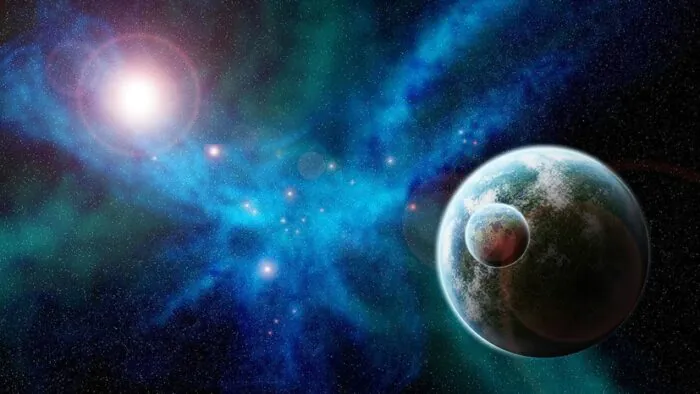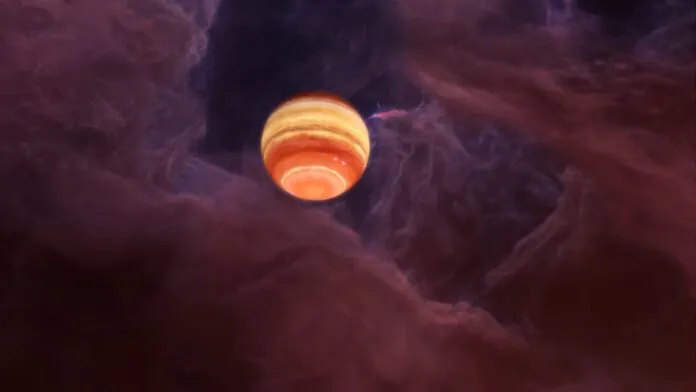© ROOT-NATION.com - Use of content is permitted with a backlink.
NASA’s Institute for Advanced Concepts is known for supporting unusual ideas about astronomy and space exploration. Since its creation in 2011, the institute has supported many projects within its three-stage program.
However, to date, only three projects have received funding within the third phase from NASA. One of them has just published a white paper describing a mission to build a telescope that can effectively observe biosignatures on nearby exoplanets using the gravitational lensing of our own Sun. A distinctive feature of Phase III is the funding of $2 million, which in this case went to JPL. The company teamed up with The Aerospace Corporation to prepare this latest white paper, which details the mission concept and identifies which technologies already exist and which require further development.

Instead of launching a large ship that would take a long time to get anywhere, the proposed mission would launch several small qubit satellites that would then self-assemble on a 25-year journey to the point of the Solar Gravitational Lens (SGL).
This “point” is actually a straight line between the star the exoplanet is orbiting and somewhere between 550-1000 AU (astronomical units) on the other side of the Sun. That’s a huge distance, far greater than the measly 156 AU that Voyager 1 traveled in 44 years. How can a spacecraft cover three times the distance while spending almost half the time? It’s simple – he will dive (almost) into the Sun.
Using gravity feeding from the Sun is a tried and true method. The fastest ever man-made object, the Parker Solar Probe from NASA, used this particular method. However, accelerating to 25 AU per year – the expected speed at which this mission must travel – is not so simple. And it is even more difficult for a whole fleet of probes than for one.
The first problem is material – solar sails, which are the preferred method of propulsion, do not work very well under the influence of the intensity of the Sun, which would be required for a gravity slingshot. In addition, the electronics of the system must be much more radiation resistant than the existing ones. However, both of these known problems have potential solutions that are under active research.

Another seemingly obvious problem is how to coordinate the passage of several satellites through such a grueling gravitational maneuver and at the same time allow them to connect to form a complete spacecraft. But, according to the authors of the paper, there will be more than enough time in the 25-year journey to the observation point to actively combine individual cubesats into a single whole. The result of such unity could be the best image of an exoplanet, which humanity, most likely, will not receive until a full-fledged interstellar mission.
The question of which exoplanet would be the best candidate will be the subject of heated debate if the mission moves forward, as more than 50 exoplanets have been discovered in habitable zones to date. But this, of course, is not a guarantee.
The mission has not yet received the funding from NASA nor any indication that it will be undertaken in the near future. In addition, many technologies must be developed before such a mission becomes feasible. But that’s how missions like this always start, and this one has the most potential than the rest. With any luck, at some point in the next few decades we’ll get a clear picture of a potentially habitable exoplanet. The team behind this study deserves credit for laying the groundwork for such an idea.
You can also help Ukraine fight with Russian occupants via Savelife or via an official page of the National Bank of Ukraine.
- NASA Postpones Planned ISS Crew Change Due to Falcon 9 Damage
- NASA’s Rover Discovered a Mysterious Object on Mars


